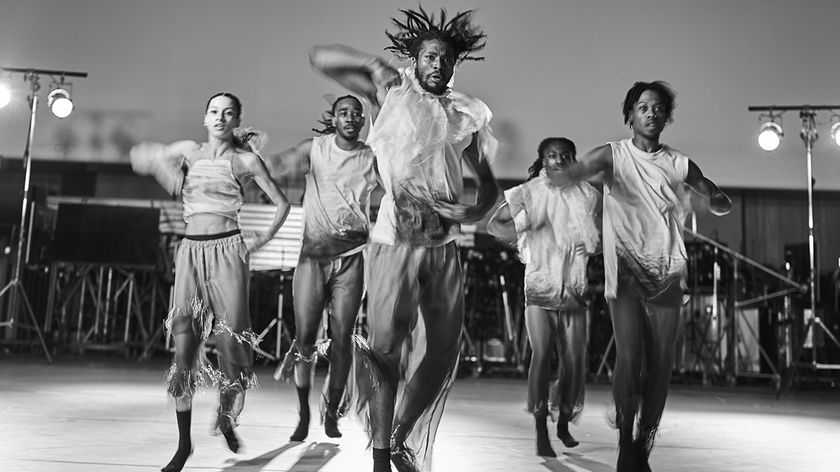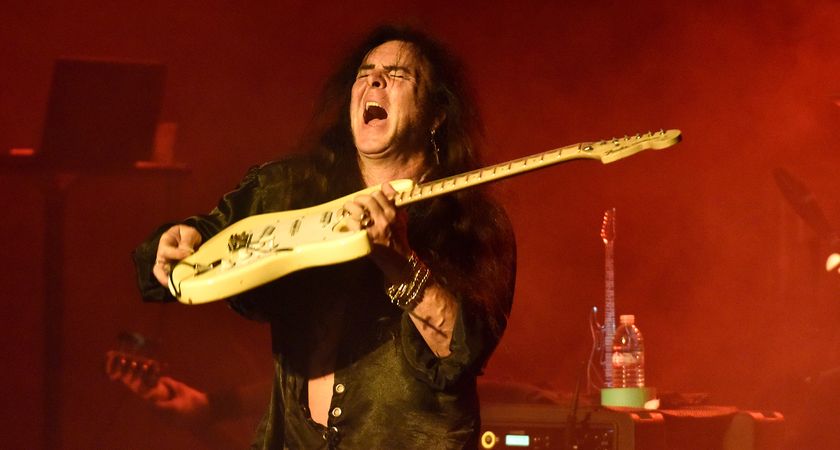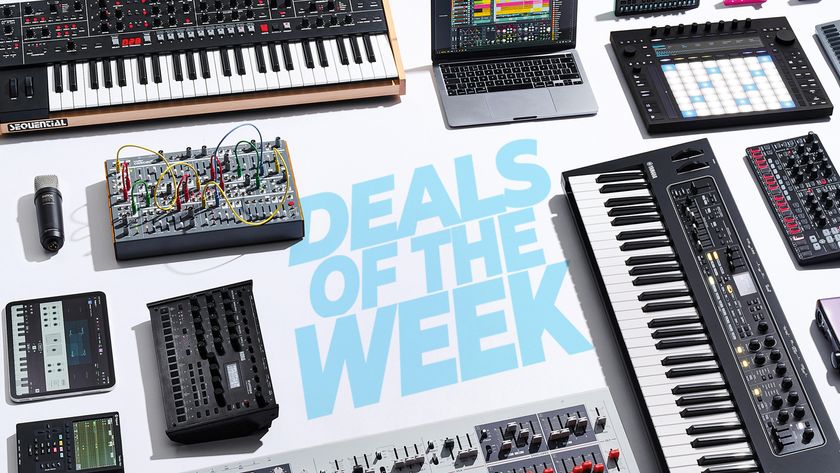sedatø: "David Bowie and Tony Visconti conducted the sessions. Their vibe — experience, expertise, genius, support, edge — raised the collective level for everyone there"
The duo behind sedatø open up about their new project and recount their experiences working with David Bowie, Tony Visconti and James Murphy on Blackstar
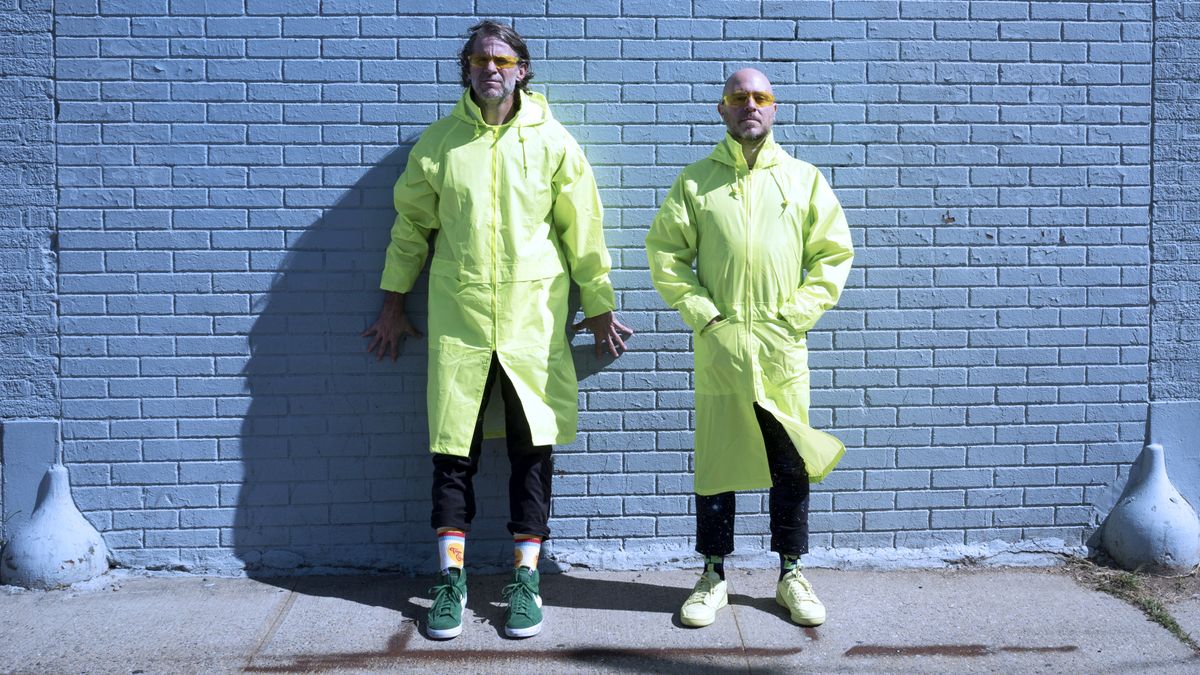
sedatø is Tim Lefebvre and Jason Lindner, two musicians with a potent musical connection and a seriously impressive résumé. After meeting while on tour with saxophone legend Donny McCaslin, the pair were scouted by none other than David Bowie himself, who asked that they join him, Tony Visconti and James Murphy on the recording sessions for Blackstar, his final album.
Having cemented their musical bond during the Blackstar sessions, Tim and Jason decided to embark on a project of their own. Adopting a name that stands in ironic contrast to their raw, high-voltage productions, they headed to Brooklyn's Transmitter Park Studio to lay down some ideas with producer Abe Seiferth. What resulted was an album they've described as a "darkly playful musical suicide", packed with off-the-wall ideas inspired by the experience of calling their own shots on their first joint solo project.
When did you start making music, and how did you first get started?
TL: “First and foremost, I’m a bassist, so it was pretty bass-centric. But when drum ‘n bass came around to the US, I bought an Akai S2000 sampler, a hard drive, an Apple Macintosh, and a Mackie mixer and a multi-FX unit. Pretty baller for drum ‘n bass stuff. I was heavily inspired by Photek, Dom and Roland, Plug, Matrix, Squarepusher, Aphex Twin, and Massive Attack.”
How did you both get involved in working on Blackstar?
JL: “David Bowie asked us if we would record with him after he saw our show with Donny McCaslin. We (Donny’s band) had been on David’s radar as a possible band to try some new material with. David did a collaboration on a single with composer Maria Schneider and Donny McCaslin was the soloist and Mark Guiliana played drums.
David would perform the first full takes with us daily and that was of course the most special part, playing with him, and just hanging out. A dream session
"Then Maria recommended he check out Donny’s project with Mark, Tim and me. Which he did, as well as research all of our individual projects like Now Vs Now, Beat Music and Who’s Hat Is This. Then he asked us to record with him after catching us live at the 55 Bar in NY. These recording sessions became the Blackstar album and the No Plan EP.”
Get the MusicRadar Newsletter
Want all the hottest music and gear news, reviews, deals, features and more, direct to your inbox? Sign up here.
How was the experience of collaborating with Bowie? Is there anything you can tell us about what it was like to record with him?
JL: “It was epically rad. I learned so much from the session, from everyone, especially Bowie and Tony Visconti and engineer Kevin Killen. Also James Murphy joined us and brought his EMS Synthi, and we played together on it.
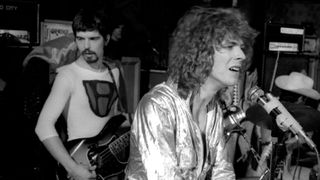
"There was a lot of brainstorming, insightful conversations, low-brow humor and hilarity, and a very kind and supportive atmosphere while maintaining the highest professionality. And just the right amount of tension you’d expect when working with such a legend.
"David would perform the first full takes with us daily and that was of course the most special part, playing with him, and just hanging out. A dream session.”
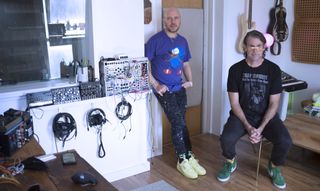
Do you feel that you learnt anything from working together with Bowie?
JL: “It was fascinating how he and Tony conducted the sessions. Their vibe — experience, expertise, genius, support, edge — raised the collective level for everyone there and this is something I believe remains with us.”
How did the idea for sedatø come about? What were you hoping to achieve with this project?
JL: “sedatø means sedation and it’s sort of the ironic name for music that does not sedate. But the name came from being on tour one morning in the airport in Italy, seeing a man holding his sedated dog that looked completely dead, and in our exhausted state we found it hilarious… we don’t hate dogs [laughs].”
It’s sort of like extracting us from the other stuff we’ve done together, the way you extract pure sugar from a fruit or cane. It’s the Tim and Jason concentrate and it’s fucking potent
“I always felt musically connected with Tim and that has grown stronger. We began playing together with Mark Guiliana’s Beat Music, and then with Donny McCaslin and then with David Bowie. We felt we needed to explore our own project. And this is it in it’s beginning stage.”
How does the sound you’re going for with sedatø differ to your other projects?
JL: “I think there’s a sound/vibe/energy that just happens organically when Tim and I play together. It’s sort of like extracting us from the other stuff we’ve done together, the way you extract pure sugar from a fruit or cane. It’s the Tim and Jason concentrate and it’s fucking potent.
"But the fact that we’re calling all our own shots this time is a major difference. So in terms of our history, it’s a newfound freedom. It’s not like we’re necessarily in a cage playing for others (more like free-range) but sedatø does feel like an unleashing. We’re really excited about where it can go.”
Tell us about your studio/set-up.
TL: “My studio is a home studio. I use both hardware and in-the-box plugins. I like the studio layout, but I hate my disorganization. I need an intern, stat! Here’s a list of my gear...
- UA Apollo X8P
- KRK 6000 studio monitors
- Yamaha NS-10 studio monitors
- Electrodyne 501 500 Series preamp
- Burl B1D 500 Series preamp
- Erica Synths Bassline and LXR-02 drum synth
- Casio RZ1 (circuit-bent by Nick Littlemore of Empire of The Sun)
- Korg Soundlink MW2408
- Moog DFAM
- Moog Mother-32
- Roland SE-02
- Roland SH-101
- Roland TR-707
- Mattoverse Tetrastep
- Korg Volca Beats and Volca Kick
- Hikari Monos
- Modal Electronics Craft Synth 2.0
- Shitloads of guitars, basses and guitar effects pedals...

What DAW (or DAWs) do you use, and why did you choose it?
TL: “When I need fast drum design and/or need to put down ideas pretty fast, I use Ableton Live 10. Since I’ve started producing more, I’ve been getting reacquainted with Pro Tools again. It’s such a cool editor.”
What one piece of gear in your studio could you not do without, and why?
TL: “Usually I would say my Noble DI, but I just got a Burl B1D 500 series preamp and I LOVE it. Working on getting another for the stereo pair.”
What's the latest addition to your studio?
TL: “I just picked up a couple of Erica Synths units which I adore. The Basslines and the LXR Drum Synth. Also loving Softube and Eventide plugins as well as the Slate Digital All Access Pass stuff. So much to work with there.”
What dream bit of gear would you love to have in your studio?
TL: “Retro Instruments Power Strip. Rumor has it I have one coming. So stoked for it.”
When approaching a new track or project, where do you start?
TL: “Yeah it really depends. Sometimes I write starting with a hooky bassline (I have a billion ideas in my iphone voice memos), sometimes it’s some chords, sometimes a Reaktor idea. It really depends.”
Finally, can you give our readers your top three production tips?
TL: "The clarity of the parts, musically and EQ-wise. You have to make sure the ideas are clear. Sometimes it’s good to record into your DAW with the idea that you won't have to EQ at all.
"Adding FX to synths etc while tracking. I’m loving putting reverbs and distortions on the Erica Synths Basslines. It really makes the sounds unique.
"Bass-wise, make the right choice on bass selection and whether you’re picking or fingering in the right hand. It makes a huge difference."



I'm MusicRadar's Tech Editor, working across everything from product news and gear-focused features to artist interviews and tech tutorials. I love electronic music and I'm perpetually fascinated by the tools we use to make it. When I'm not behind my laptop keyboard, you'll probably find me behind a MIDI keyboard, carefully crafting the beginnings of another project that I'll ultimately abandon to the creative graveyard that is my overstuffed hard drive.
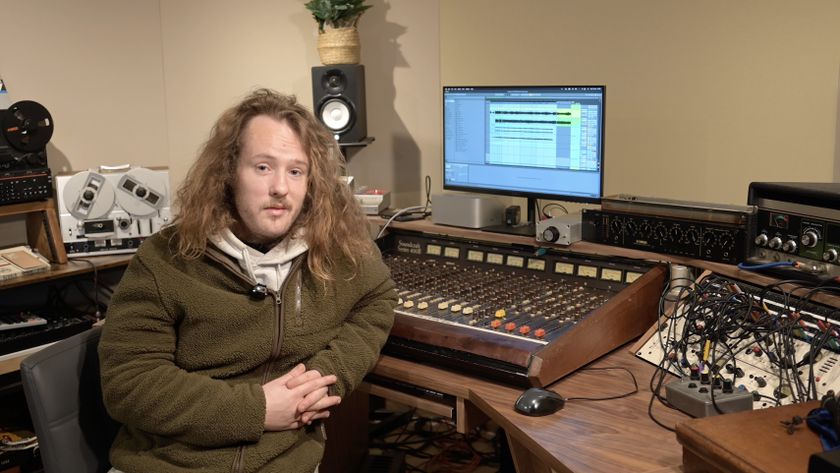
“I’d be running from the studio to other speakers in the house, basically going insane trying to get mixes to sound correct”: Ezra Collective’s Joe Armon-Jones on why he created his Aquarii Studios and his dub-influenced mixing technique
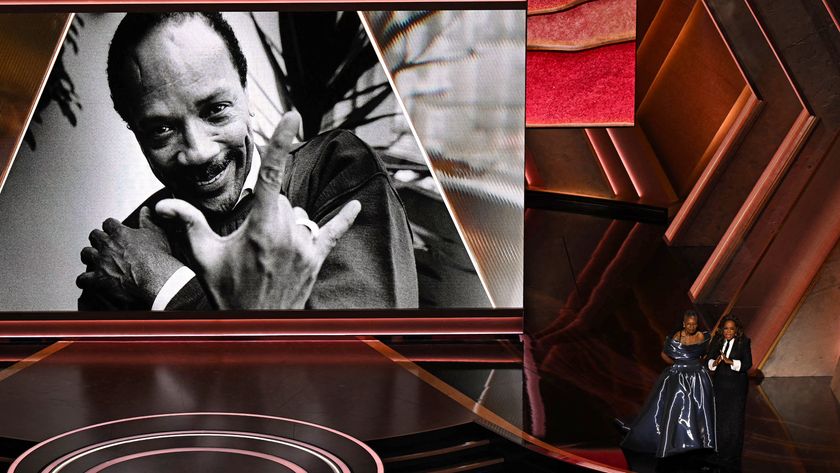
"When we talk about Black excellence, we’re talking about Quincy”: Tributes paid to Quincy Jones at last night’s Oscars







